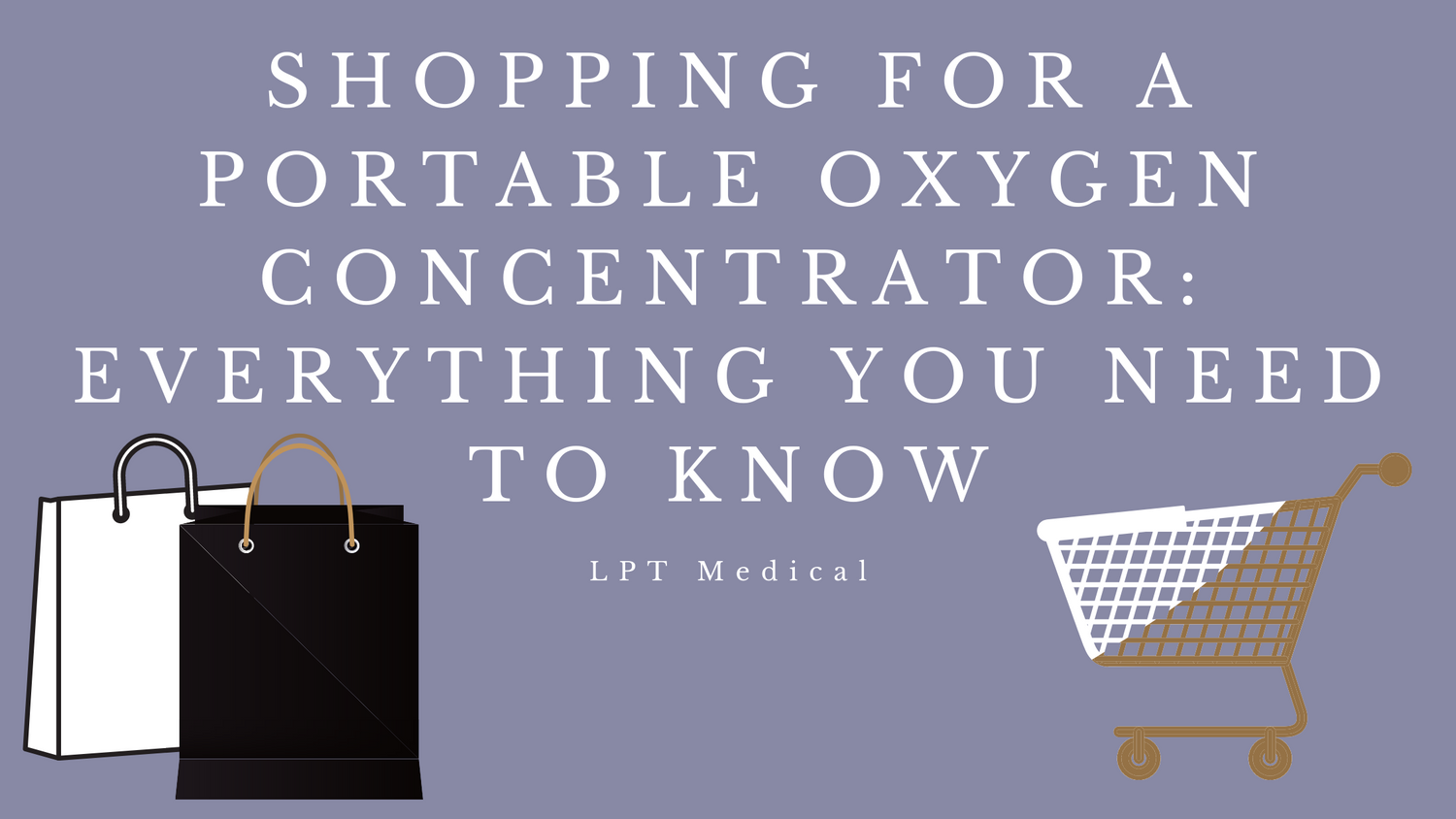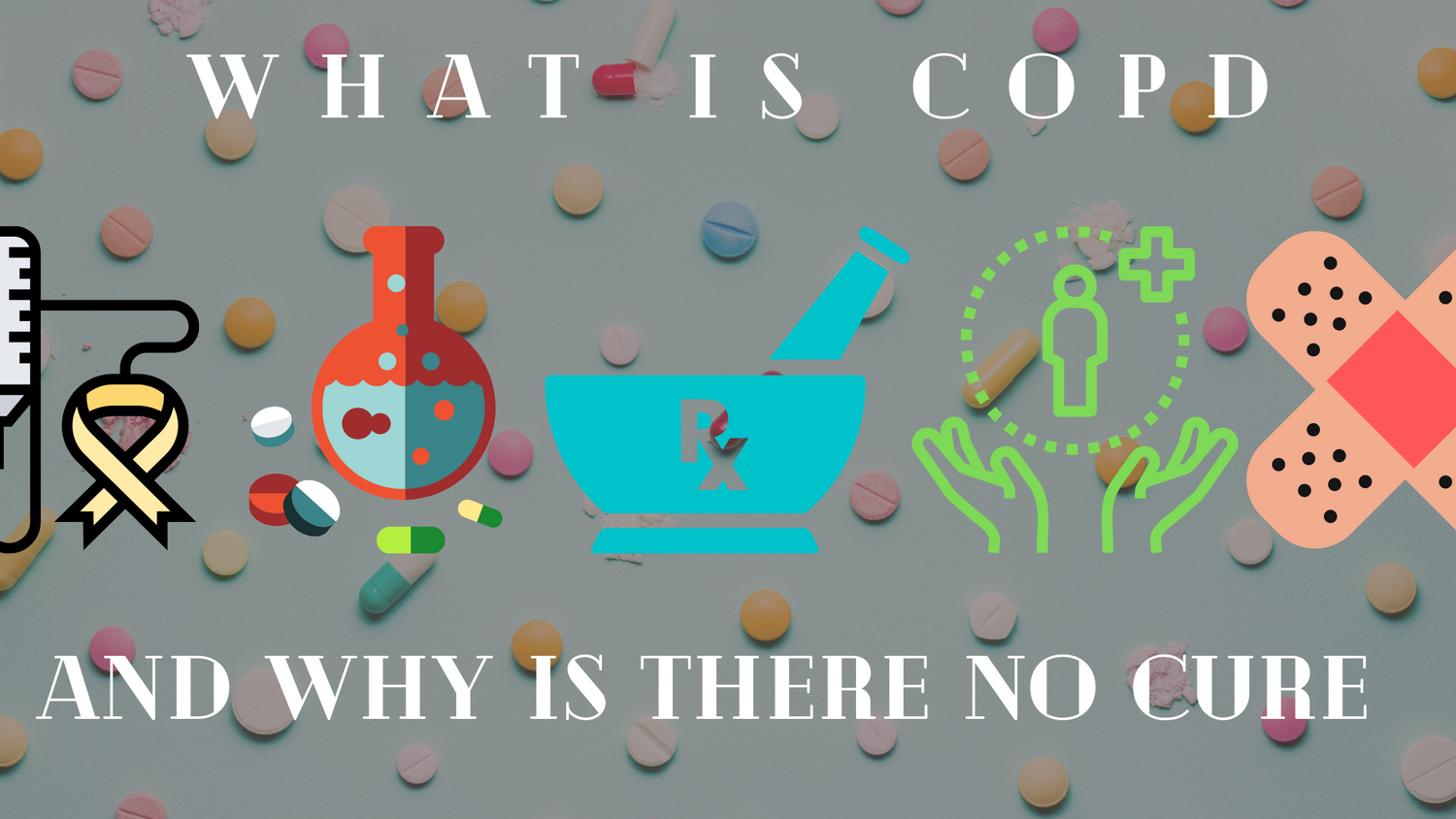Respiratory Resource Center - LPT Medical
Chronic Pain and COPD: What You Need to Know
COPD is best known for it's respiratory symptoms, like...
Read MoreShopping for a Portable Oxygen Concentrator: Everything you Need to Know
If you are new to the world of...
Read More


